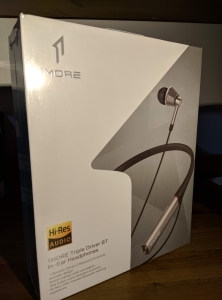
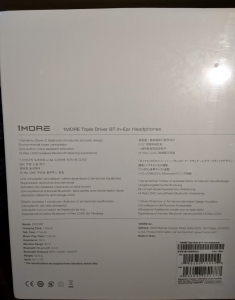
1MORE has been best known in the industry for their fast attacking releases and plethora of awards they receive. What once started off to audiophiles as a company that designed products for Xiaomi has its own calling and name now. Show after show, event after event, 1MORE takes home-design and innovation awards on their products and for good reason. Their headphones are sleek and beautifully machined.
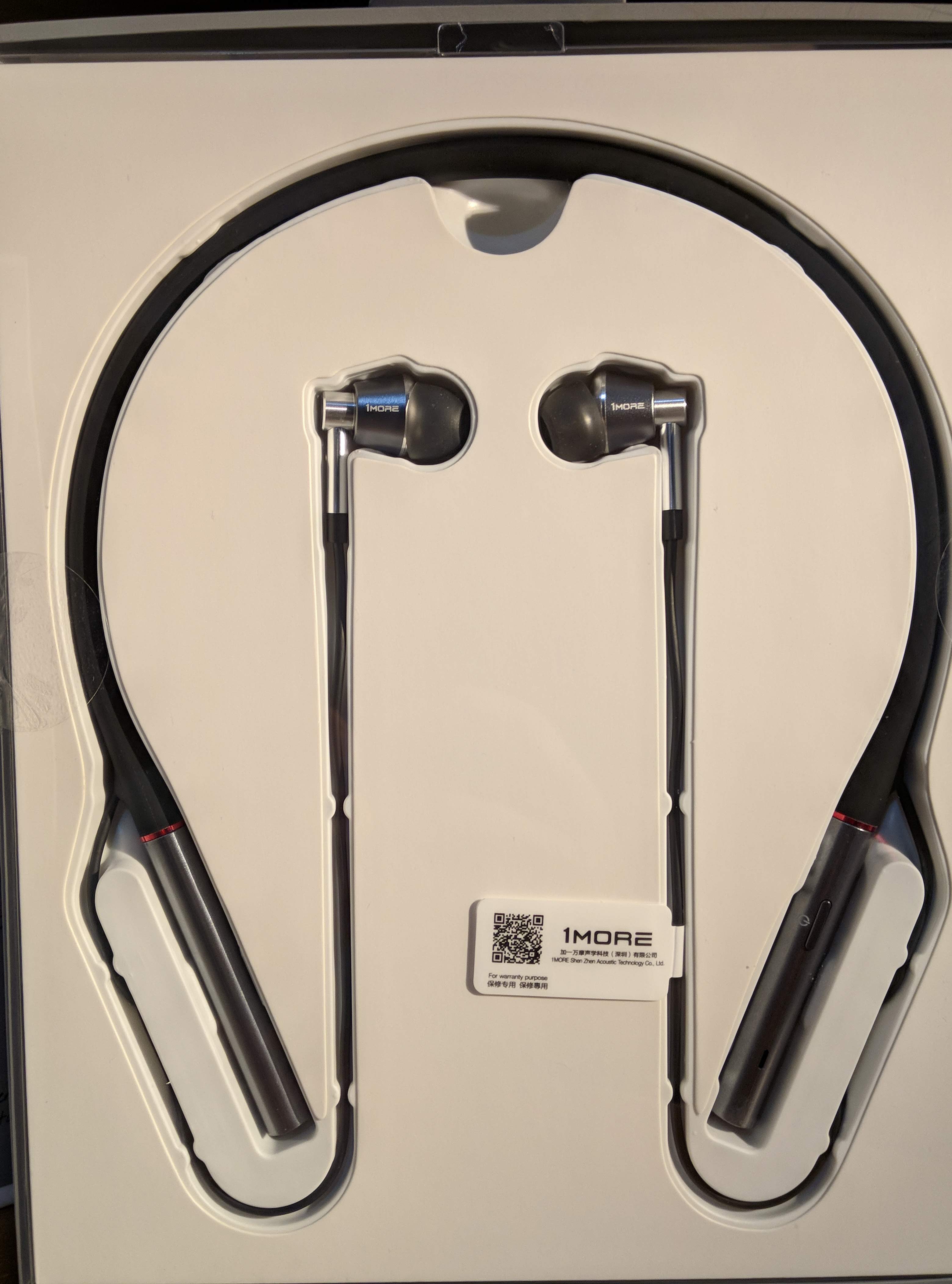
The 1More Triple Driver Bluetooth In-Ear headphones we have today is no exception. It’s the same award-winning triple driver formula but with a built-in Bluetooth adapter all in one compact package. It’s unsurprising that this would be the next blitz move from 1MORE. High fidelity Bluetooth streaming standards are IN these days and adding this extra functionality to your most popular products is the smart move.
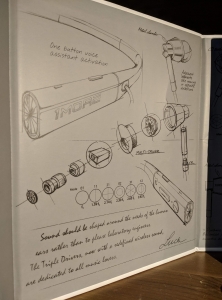
Unlike other new Bluetooth variants of popular headphones from other companies, 1MORE goes the extra mile. The Audio Technica M50xBT and Focal LISTEN Wireless headphones are recent examples of award-winning headphones that have been given the Bluetooth treatment. One thing differentiates their approaches; 1MORE didn’t just stick an adapter into it. No, 1MORE developed the Triple Driver Bluetooth device from the ground up with all-in-one in mind. The former headphones are the same form factor and pack the standard SBC/AptX and microphones in them.
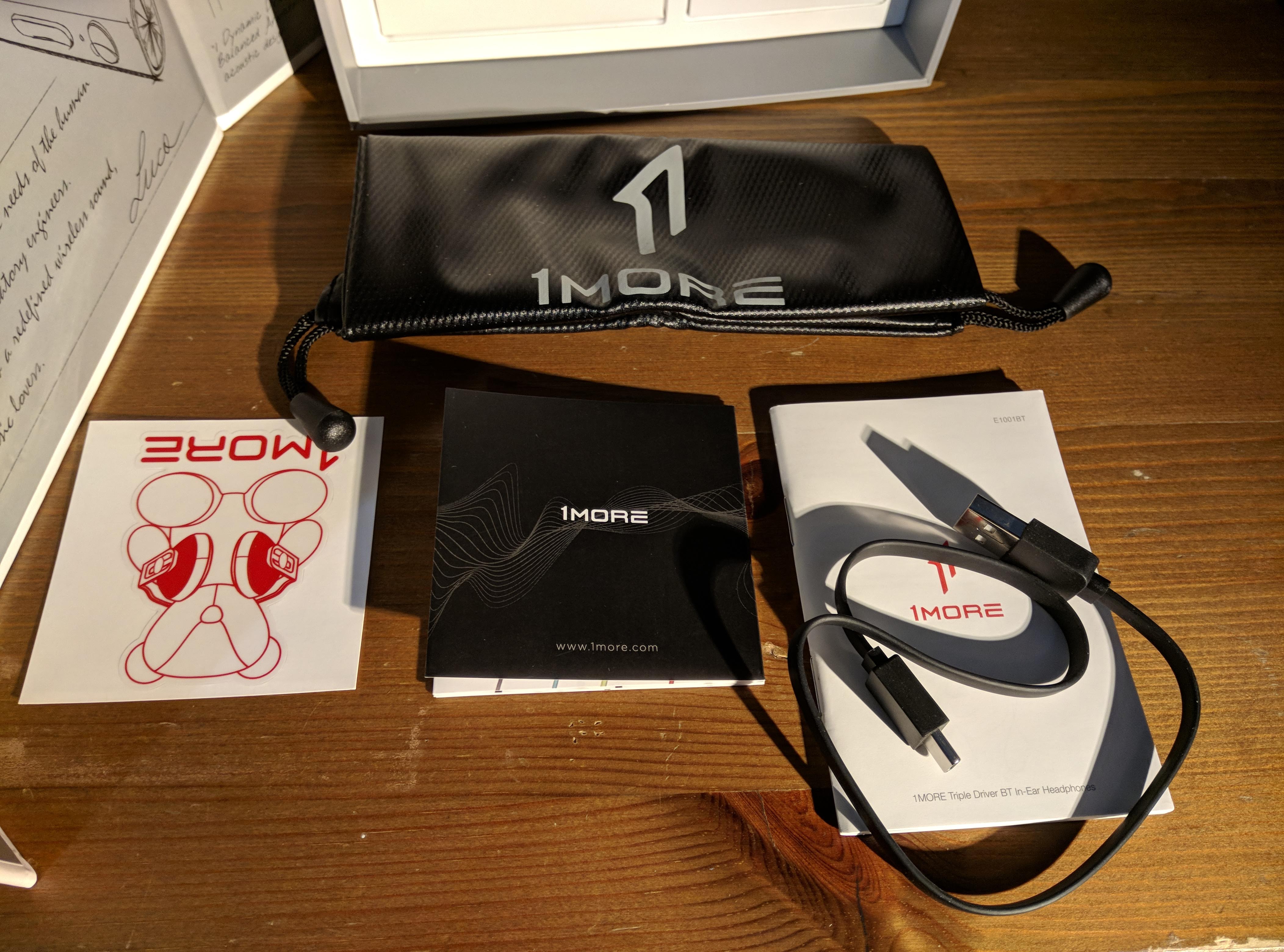
1MORE, true to its name, put one more feature after another into the Triple Driver Bluetooth In-Ear Headphones. Not only does it feature high quality ‘audiophile grade’ codecs like LDAC and AptX (the ones mentioned before did not), it also comes with:
- Environmental Noise Canceling microphone setup
- Integrated call / music controls
- Built-in Fast Charging
- New ergonomic form factor
We’re only in the opening and it’s clear already that 1MORE has put a lot of thought into this device. It’s not simply a Bluetooth module stacked on the Triple Driver; it’s an innovative step forward.
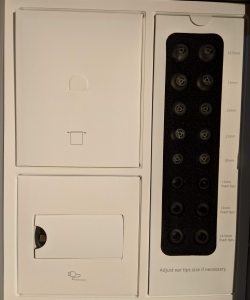
Build and Usability:
Introductory marketing aside, how does the Triple Driver actually perform once we get past what it is and how it compares? Let’s find out, today I’m your personal Guru!
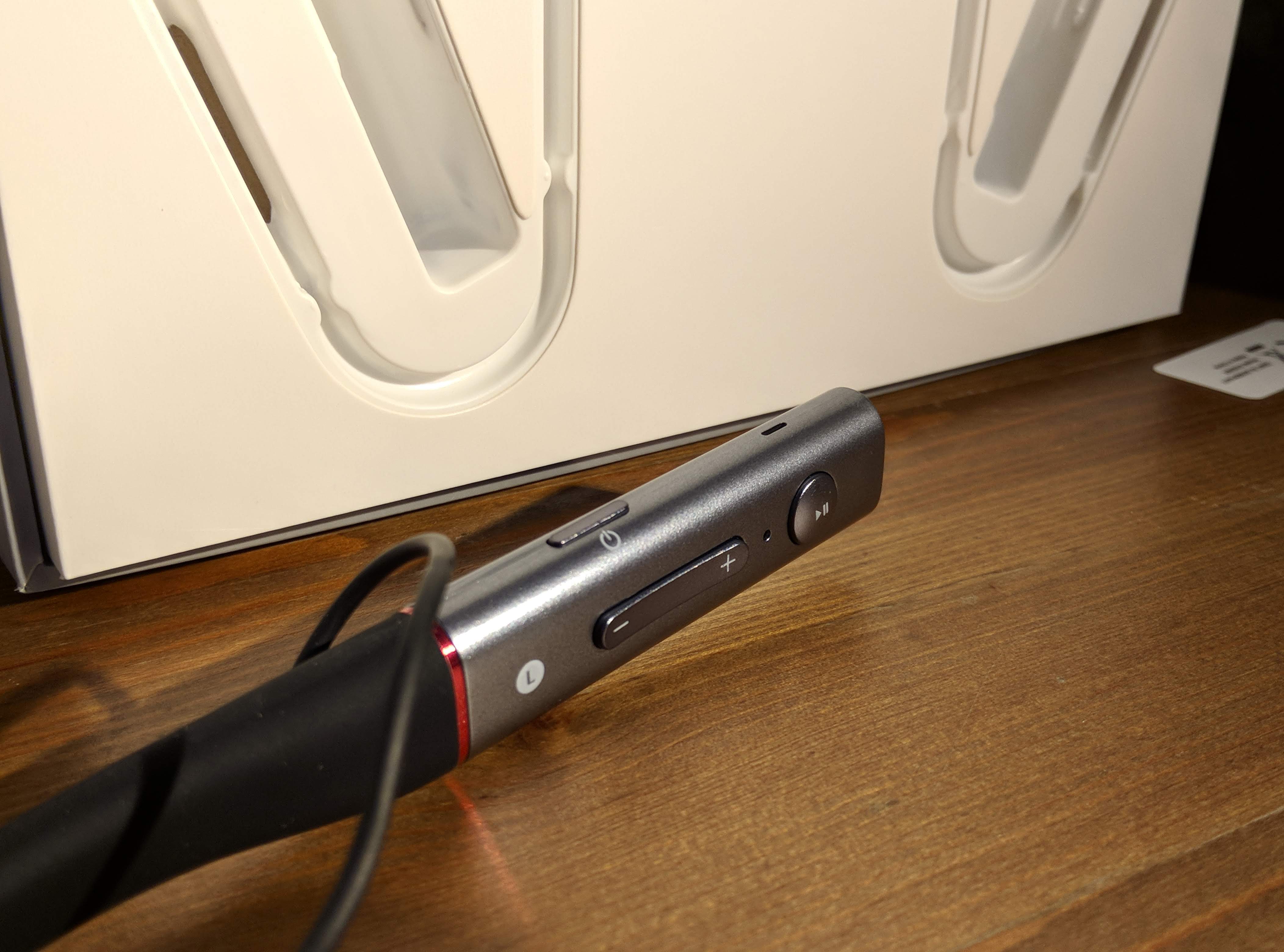
Starting off with the Bluetooth side, I used the IEMs with four BT sources. Two were BT 4.2 (Desktop and Laptop) and the final two were both BT 5.0 capable supporting LDAC and AptX/HD. The Triple Driver’s were mostly used with a BT 5.0 device with LDAC as the preferred transmission codec.
The pairing process is easy and starts up automatically every time you boot the device up. Hold the power button down for 2 seconds and a female announcement will notify you the device is “Pairing” followed by the battery level of your device. Shutting down the device is by pressing the power button down again but for 4 seconds. Easy right? For the most part yes but I’ve found myself annoyed, even a month later, at how long the power off feels. It’s a bore and I wish it was the same two seconds as power on. That button doesn’t have any additional functionality anyway so having the Power On/Off be the same time would make sense. Contrary to what the manual says, it doesn’t enter pairing after you press the button down for an extra 2 seconds or 4 seconds from off. It will boot up and auto pair every time and holding the button down results in no additional functionality.
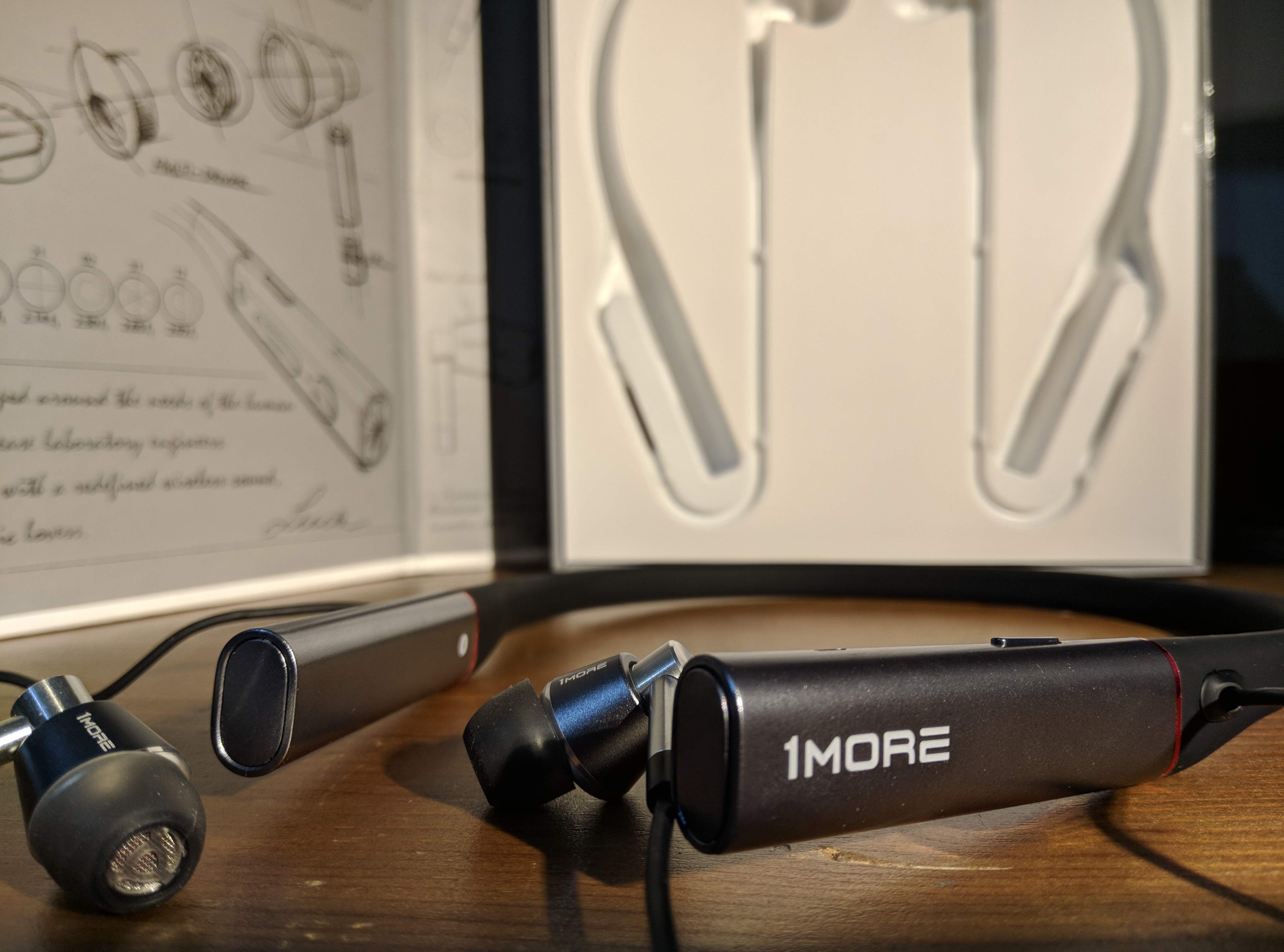
This version of the Triple Driver features a female assistant to announce battery and status. It was neat at first but I would rather 1More have pulled a “Less is More” approach. That would have given this device 1 More feature by making it less intrusive. Starting from the beginning, when you turn on the device you will typically hear “Power On…PAIRING….Connected…Battery High/Medium/Low”. Not my cup of tea but not bad either. The issue then is that the device will almost always, 20 minutes into use stop and interrupt your music by reporting to you loudly “Battery Medium/Low” later.
I’m an embedded software engineer and have worked with controllers before, I can already see the code that implements this. My magic globe shows me a loop routine that checks the battery voltage level and the moment its below a certain number, will pause the Bluetooth and cause the announcer to notify the user. The implementation is too basic and requires an added algorithm/processing layer to prevent it from notifying the user EVERY time you use it after 20 minutes. Better yet, do away with battery notifications. The Triple Driver BT supports battery level monitoring through your Android device (untested on iOS) and you can see it there. Typical Bluetooth devices will just simply die and sputter into the graves when the last ounce is juice is gone and consumers are used to that already. There doesn’t need to be 1 More feature added, that just contributes to over-complication.
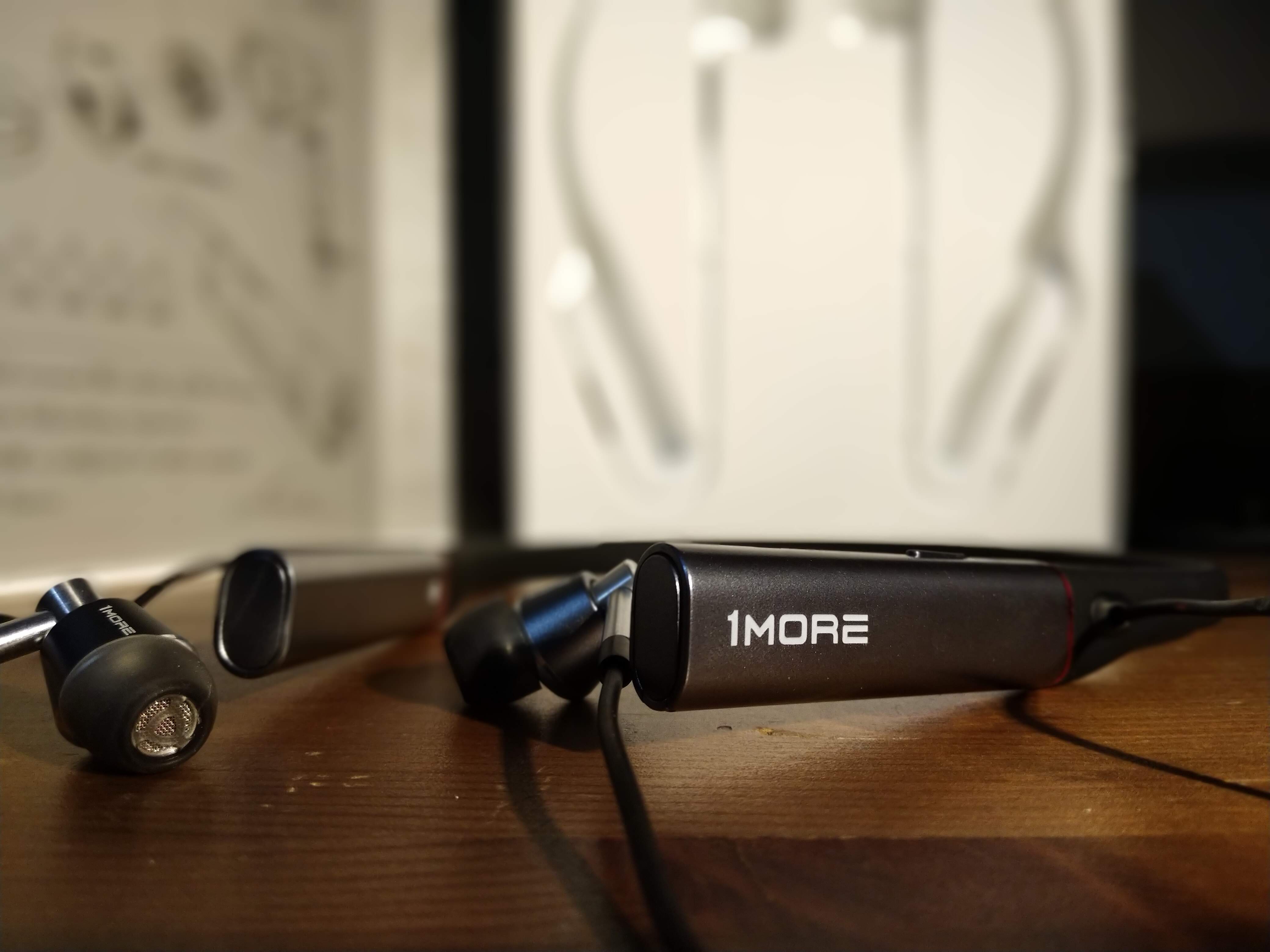
The Bluetooth chipset on the Triple Driver works best when you have one source in the loop. At this time in my Guru career, I’ve amassed and tested quite a few Bluetooth devices and have developed a knack for how well a Receiver/Transmitter device works. The Triple Driver BT fall in the middle of the pack. With just one source in the loop, it’s always fast and easy to connect and use. However, when you’re in a room with four devices that you have it paired to, the Triple Driver has tripped up in the past. The quickest fix I’ve found was to disable Bluetooth on every other device you’re not using, turn off the Triple Driver and turn it on again while attempting a manual re-pair on your source. As for compatibility, I’ve had the best luck with Android devices and mixed results when using the Triple Drivers with Windows 10 (Version 1809).

Connection reliability is strong on the Triple Driver. The chip doesn’t play nicely with devices it doesn’t like but when it gets a hold of a source, it latches on. Once the good times roll, it doesn’t stop. I’ve nary a signal drop or stutter when using the Triple Driver with my Essential PH-1 carried in my jeans pocket. It’s one of the most consistent devices in streaming playback I’ve had and is dependable in that regards.
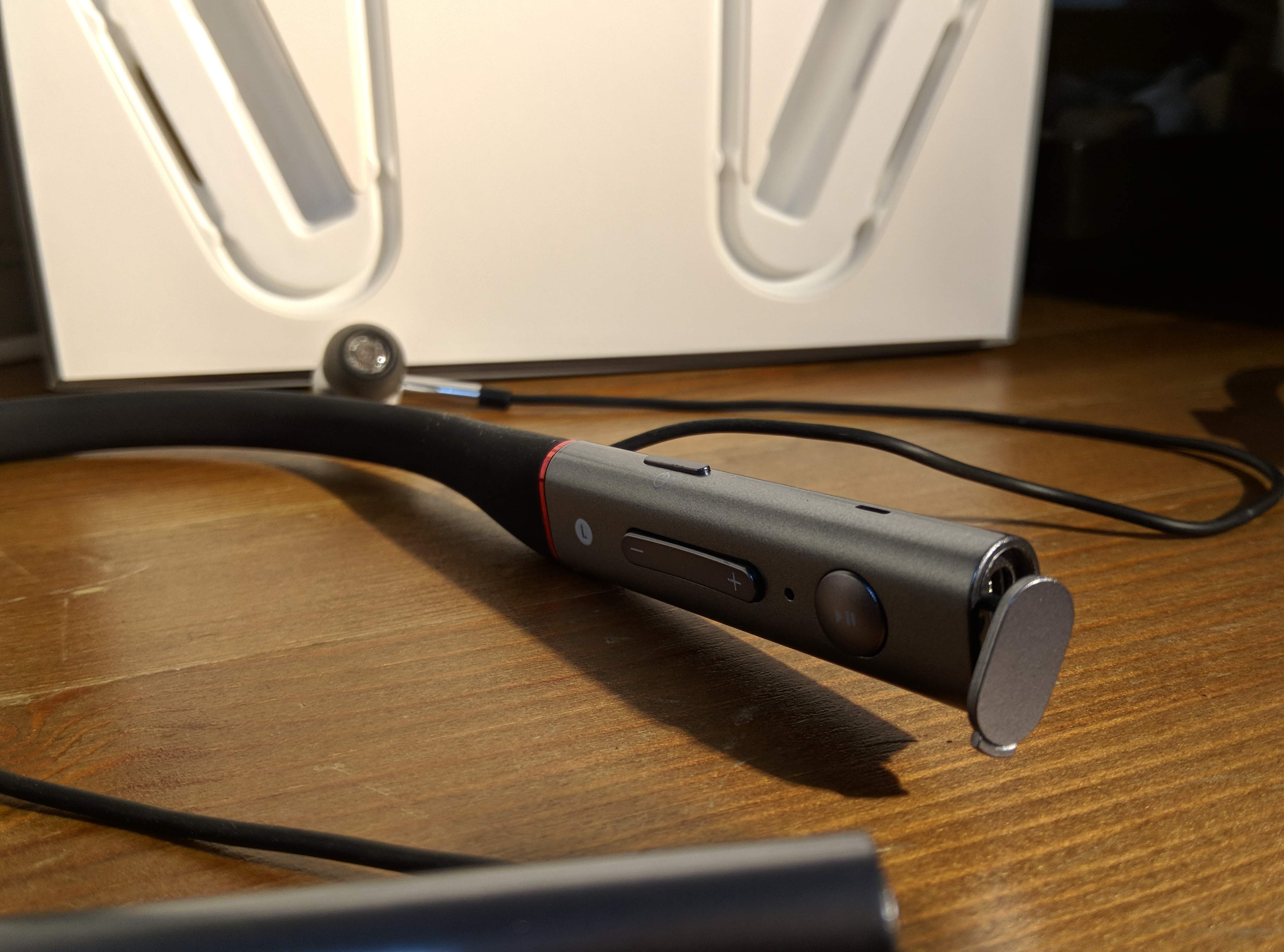
Physically, you either like neckbuds or you don’t. If you have never liked neckbuds, this won’t change your mind. It has the same usability quirks that you’ll find in all the rest and I’ll merely be parroting them in this review so I’ll be brief. They aren’t the most comfortable, the short earbud wires get caught in quarter-zips a lot, and are awkward to place and get right. The Triple Driver BT despite how it looks is also not IP rated and so officially do not support water or dust resistance. The placement of the controls are ergonomic and they were easy for me to learn and get used to.
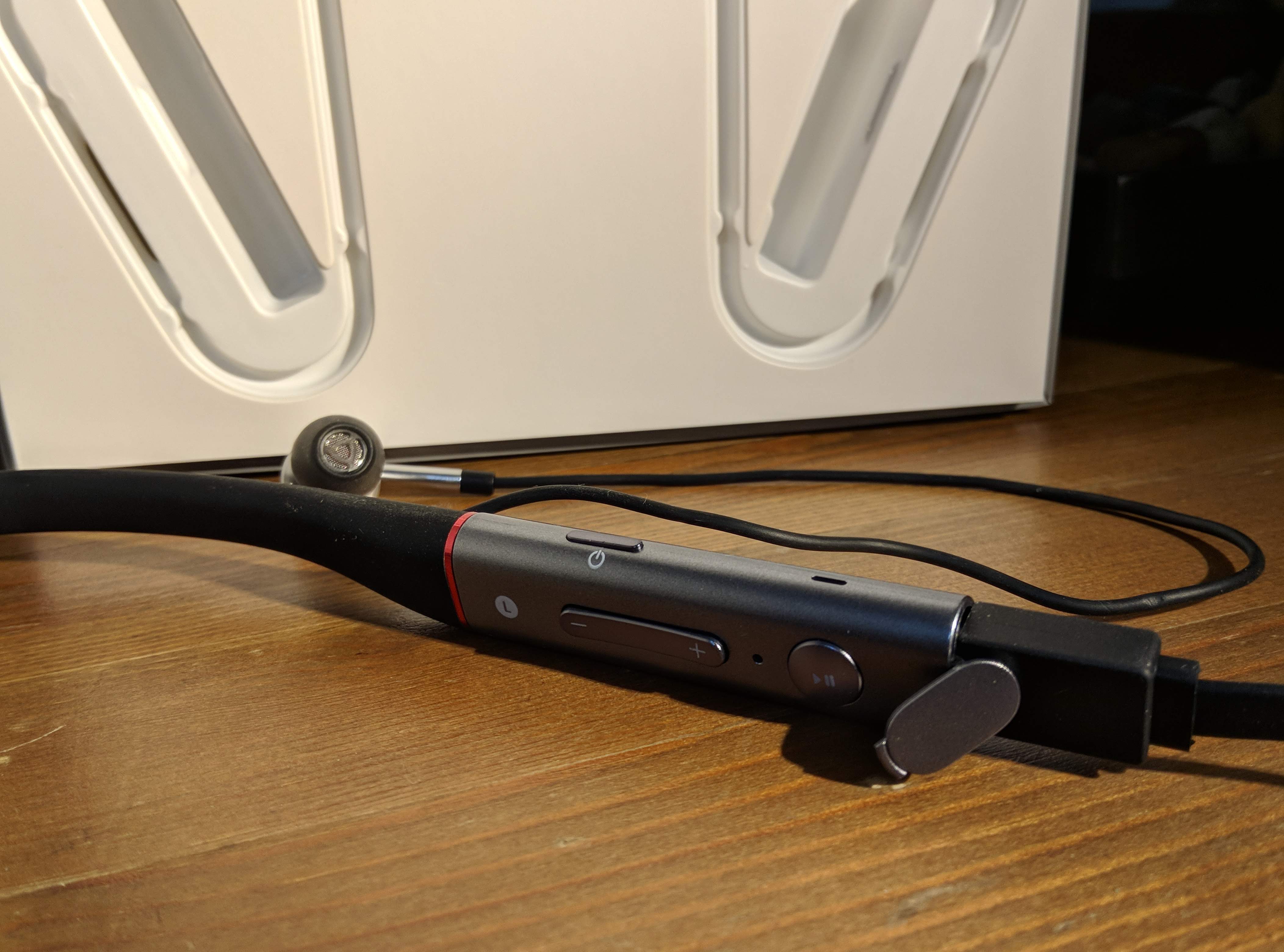
The one qualm I have with the physical build would be the charging port. Please 1MORE, redesign this. The port ‘door’ is janky and a mess to deal with. The rubber connecting arm is not long enough and VERY difficult to retract back into the hole. I have to fight the door every time to get a USB C cable into the hole. The typical process involves using one hand to fling the door and bending it in place while I try to jimmy a USB C cable in. Once finished, it takes another 10 seconds of careful angular physics of trying to jam the door back into place. Please fix this 1More, I shouldn’t have to fight it to charge it. An unchargeable device simply begs to be an unused device.
Taking calls with the in-line control was fast and seamless with callers noting that I sounded clear even in a light-noise environment. The volume control is also cross synched with your smartphone so you don’t have to worry about two volume zones to mess around with; the volume buttons are the MAIN control and will also change your smartphones. The physical build is standard with other neckbuds I’ve seen which means pretty good actually. It’s smooth and feels solid like you can chuck in a backpack or stuff in a pocket. I can definitely see a business professional that has no problems with neckbuds commuting with these on mass transport once they get the fit right.
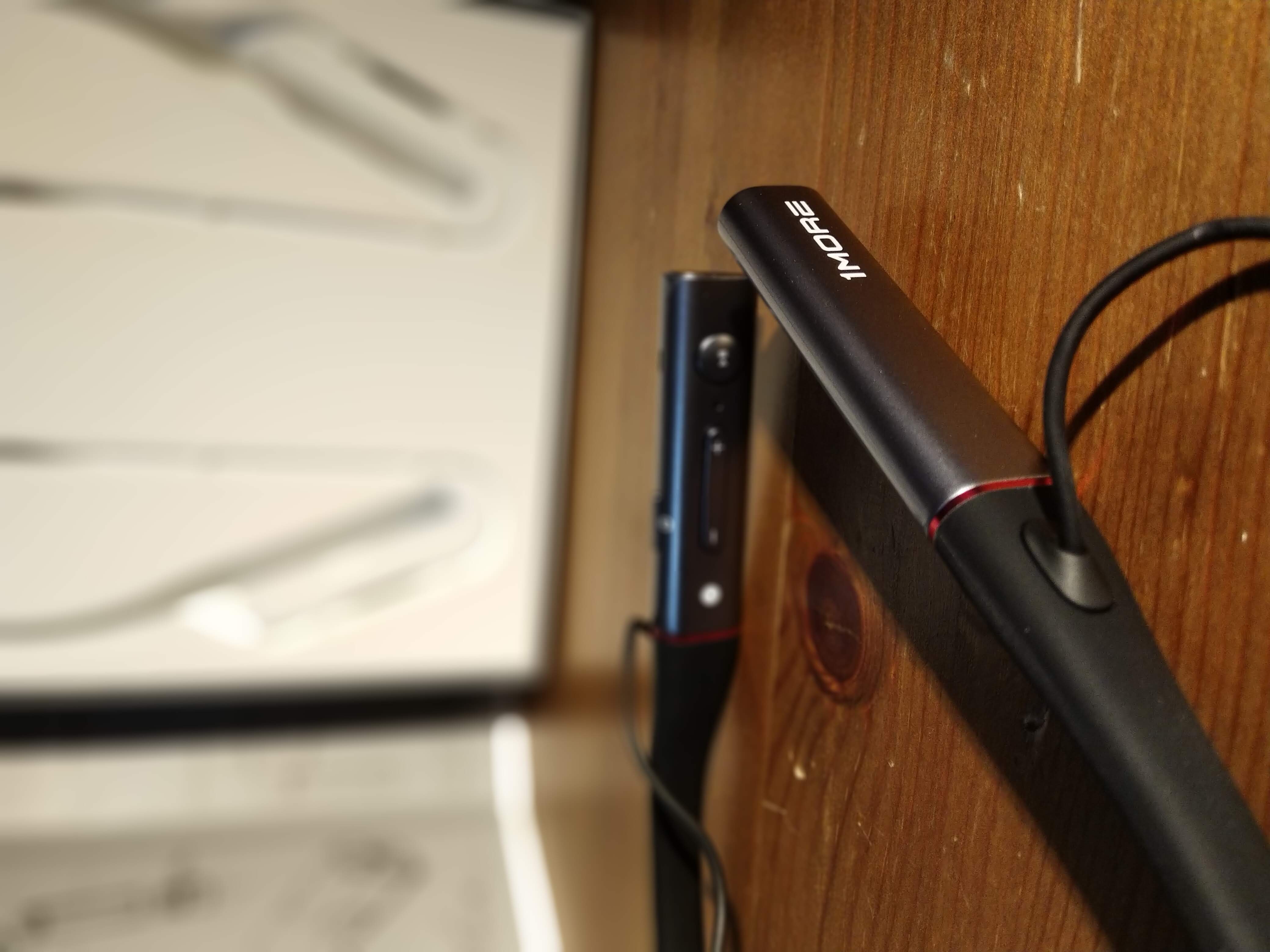
The Triple Driver BT is quirky but operates great when everything is connected. Without a doubt, there are parts that seriously bug me but it honestly works well. I can sit in my chair or commute and have them in my ears for an hour or two while feeling comfortable they will keep the connection and stay in place. I just need two easy things from 1More and that is removing the voice notifications and fixing the charging door.
Sound:
The Triple Driver was used with the devices I listed above for near equal amounts of time. The approach I am taking with the unit is to review it as a consumer-friendly device with ‘good’ sound quality. This IEM doesn’t target audiophiles and is neither tuned for it nor acts like it is; it’s a neckbud, enough said.
Two things to note before we get started. One is that since this unit is self-contained, its own built-in DAC and amplifier are your only options. This is important as I’ve found the amplifier to be underpowered at times. With older tracks without any digital normalization and a low noise floor, the Triple Driver BT has problems getting loud enough. The most common volume I listen to with modern mastered tracks is already at 76-82% and leaves very little headroom above it. Take this as what you will on loudness, what’s safe or not and what you personally choose to listen at. The second is that the Triple Driver does have a slight hiss and noise when the amplifier is on. It has a fast acting shut-off to prevent this from carrying on when no audio is playing back. Definitely noticeable and again up to you as to how you take it.
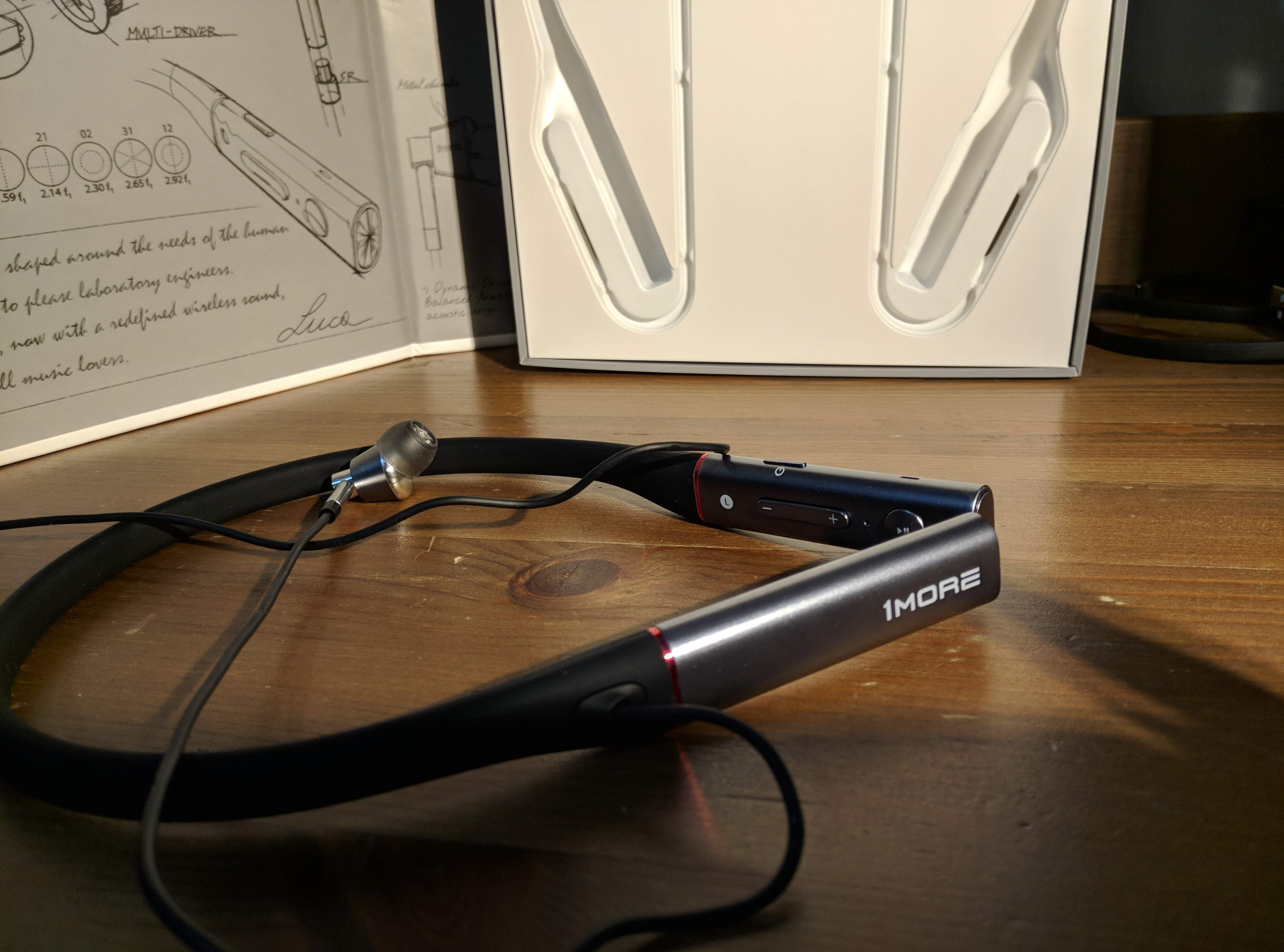
Starting off, I chose “Take The Power Back” by Rage Against the Machine. I choose this track as I found the Triple Driver to sport a thick bass that this song would put to test. A few seconds into the song and my curiosity was validated. The guitar and percussion kicks hard and shows off the impact the Triple Driver has. It’s loud and has enough sonic pressure behind it that you can feel the immense weight of the notes being played. The low end of the headphone is satisfying but not overly tight. The best way to describe it would be the feeling of a separate loud subwoofer unit on a beginner home theater system; it’s there, it kicks, but lacks complex integration and feels more like an independent system.
Zack de la Rocha’s lyrics in the song are laid back. The Triple Driver has the energy to keep his performance going thanks to how dense everything is intertwined. But despite having dedicated balanced armature drivers, the tuning is such that the mids are pulled back especially are the middle vocal section. The upper end of the mid-range, however, is another story and takes a front stage when the guitars kick in at 2:45. They are more forward in presence and have a bright edge to each note. Competent enough but not exactly the Triple Driver’s preferred genre.
Next up is “Orion” by Kenshi Yonezu, a song used as the ending theme for March Comes In Like a Lion. This track is solemn and melancholic although filled with immense emotion as the singer yearns for something more. The first thing I noticed was the presentation of the backing elements which are much more forward and hard hitting. The intertwining of the violin followed by the percussion at a steady pace offers us a look at one of the benefits of the balanced armature; its separated and has independent control over the frequency response it covers. This allows for a combinatory aspect of the multiple drivers featured in this unit (three if the name Triple Driver hasn’t clued you in yet) to create a cohesive final picture. There’s a plethora going on with the track and how tightly managed the drivers are can make or break the feeling. Personally, I felt a need for more intimacy in the vocal range and detail in the singer’s voice. But past that, the three drivers form quite the mesh with the dynamic driver pushing out gobs of underlying pressure for the percussion while the two balanced armature units take front with the actual meat. It’s not as tightly woven as say a 6 to 8 driver BA and the dynamic driver does have its own way as the subwoofer of the group. The best way I can relate the Triple Driver would be as if it was a computer 2.1 speaker setup; it still combines to form a full picture but isn’t the greatest at creating the impression of a singular entity.
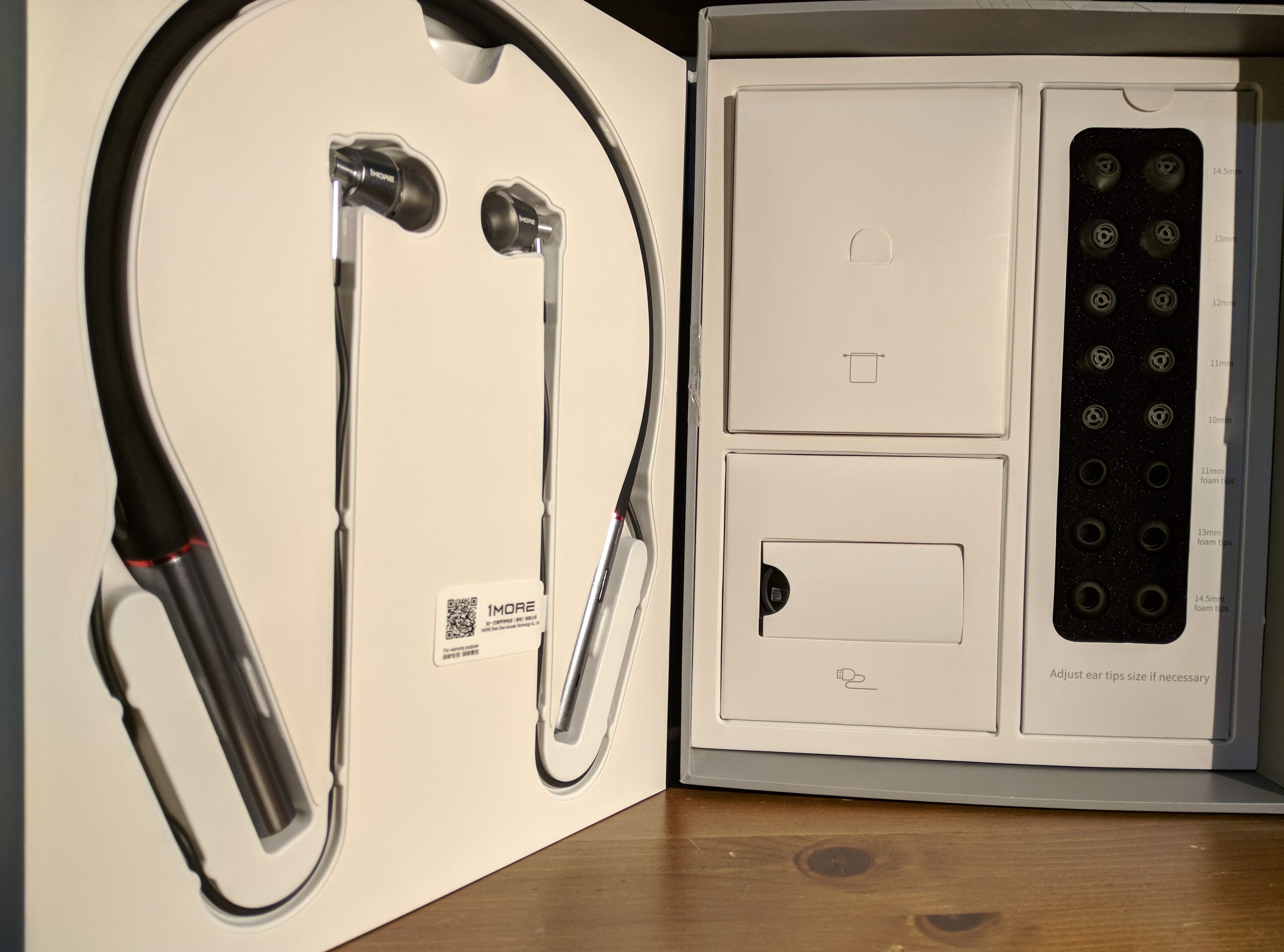
Last up is an oldie but goodie, “Moonlight Shadow” by Missing Heart (remix of a song by Mike Oldfield). This track is energetic and poppy with a story centered around a steady beat. The track moves fast and is constantly pushed forward by the digitally altered vocals. The Triple Driver speed wise is slow with some sonic resonance inside its chamber. It’s noticeable on most songs I’ve heard with it and more than anything, creates a more intimate listening experience. But past that, the song was played faithfully and really highlights the best strengths of the Triple Driver which are honestly how fun and jumpy it is. The headphone is smooth and definitely falls into warm territory. It’s best used with modern hip-hop/pop as the genre it jives the best with. Rock, classical, and jazz were agreeable enough but not to the level of affinity the Triple Driver’s have with putting its best foot forward with pop songs. The reason? It’s that thick bass impact that isn’t overwhelming and just right for the occasion.
The sound of the Triple Driver is a definite treat for most consumer buyers. It is the natural & progressive step up for the casual modern socialite when looking for headphones. It’s incredibly punchy and dynamic and un-offensive to the ears lacking any bright or harsh elements.
Conclusion:

The 1MORE Triple Driver Bluetooth model has some quirks in this rendition of the popular wired models but nonetheless offers up a compelling case. You get an all-in-one package with the award-winning Triple Driver headphones attached and what’s more, are now free of wires. Just as how the sound is the next step up for most consumers on their search for better audio, the Triple Driver BT is the next step up for those that already like this headphone but want it wirelessly. It’s as simple as getting the Triple Driver IEMs but with 1 More feature, a Bluetooth receiver.
Specifications:
Price: $199 MSRP
Driver: Two Balanced Armature and one Dynamic Driver
Impedance: 32 Ohms
Range: 35 Feet
BT Codec: LDAC, SBC, AAC
Bluetooth Version: 4.2 with HFP/A2DP/AVRCP
Battery: 7 Hours
Weight: 42.5 grams















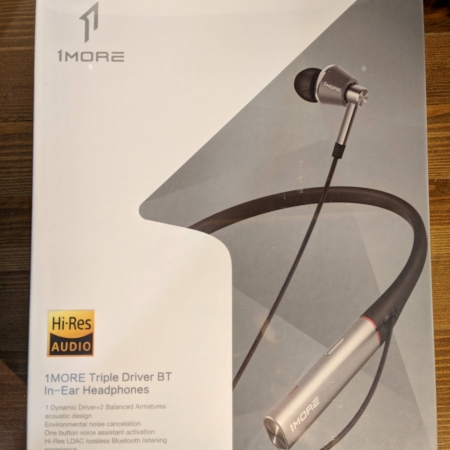
Want to join discussion?
Feel free to contribute!